Dinoflagellates are unicellular microalgae that can quickly invade a reef aquarium. They often form a brown, sometimes bubbly film, covering live rock, sand, and even corals. Besides their unsightly appearance, some dinoflagellates are toxic to invertebrates and can weaken the balance of your tank. In this article, Atelier Récifal explains how to recognize a dinoflagellate
Eliminate filamentous algae naturally and permanently from your reef tank Filamentous algae are a common problem in reef aquariums. These long green or brown algae quickly colonize live rock, sand, and even corals. If left unchecked, they threaten the balance of your tank. In this article, we explain where they come from, their dangers, and
What are “Probiotics” in Reef Keeping? In reef keeping, probiotics refer to a set of living marine microorganisms beneficial for the balance and ecosystem of the tank. By enabling optimal biological filtration, probiotics ensure the transformation of organic matter and compounds into biomass, ideal for microphagous filter feeders and macrofauna. Probiotics also ensure a significant
What is Cyanobacteria in a Reef Tank? Cyanobacteria is a phylum of prokaryotic bacteria (single-celled microorganisms whose structure does not contain a nucleus), which can become a real nuisance in a reef environment. Photosynthetic, cyanobacteria primarily feeds on light and nitrogen, corresponding to dissolved organic matter. In the form of slimy red algal mats, it
Nitrates, polyatomic ions, and phosphates, polyatomic anions, are two powerful eutrophicating agents (a process by which nutrients, in this case pollutants, accumulate in an environment) for your reef aquarium. Nitrates develop during the final phase of the nitrogen cycle (resulting from nitrogen nitrification). Phosphates, on the other hand, are chemical compounds made up of “phosphorus”
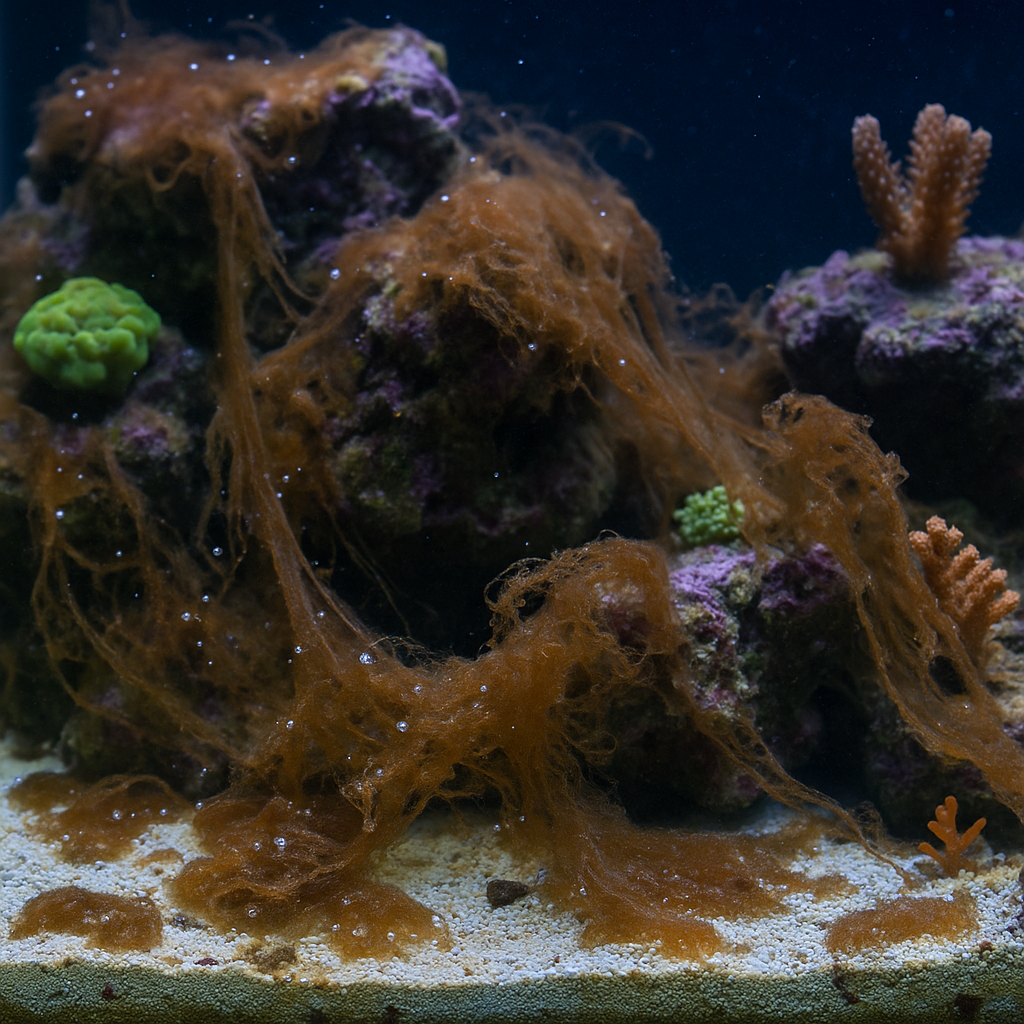
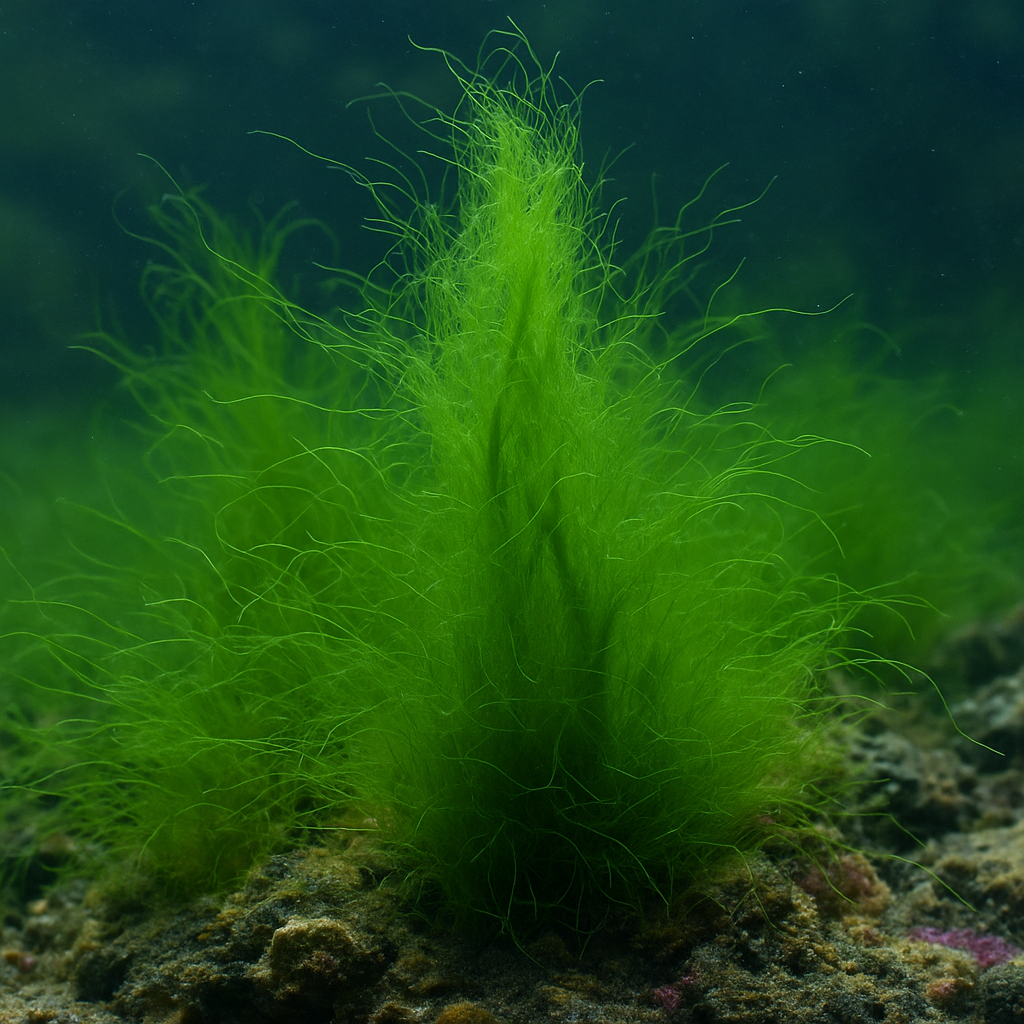
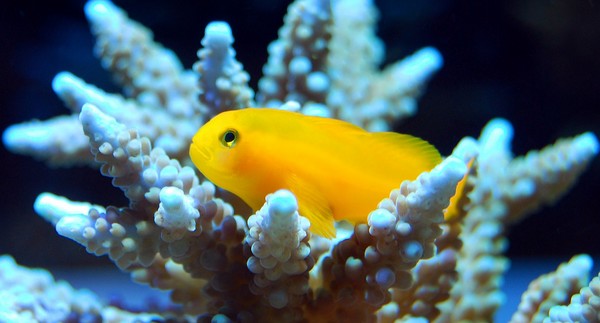
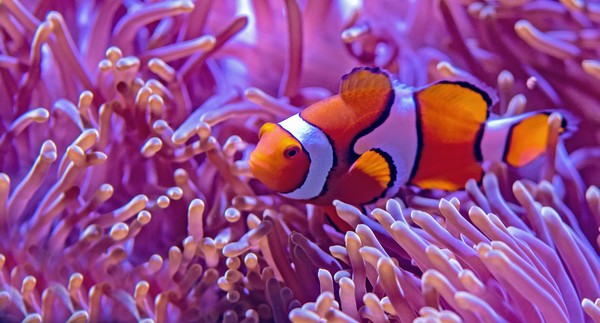

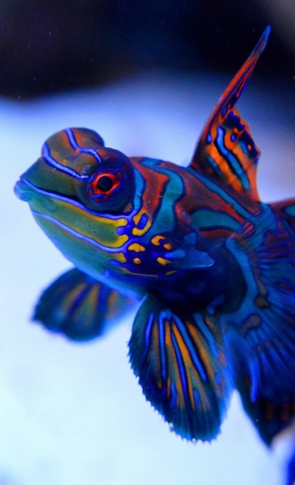
Recent Comments